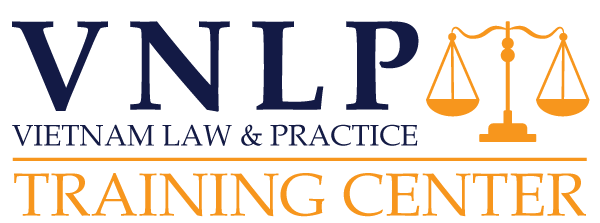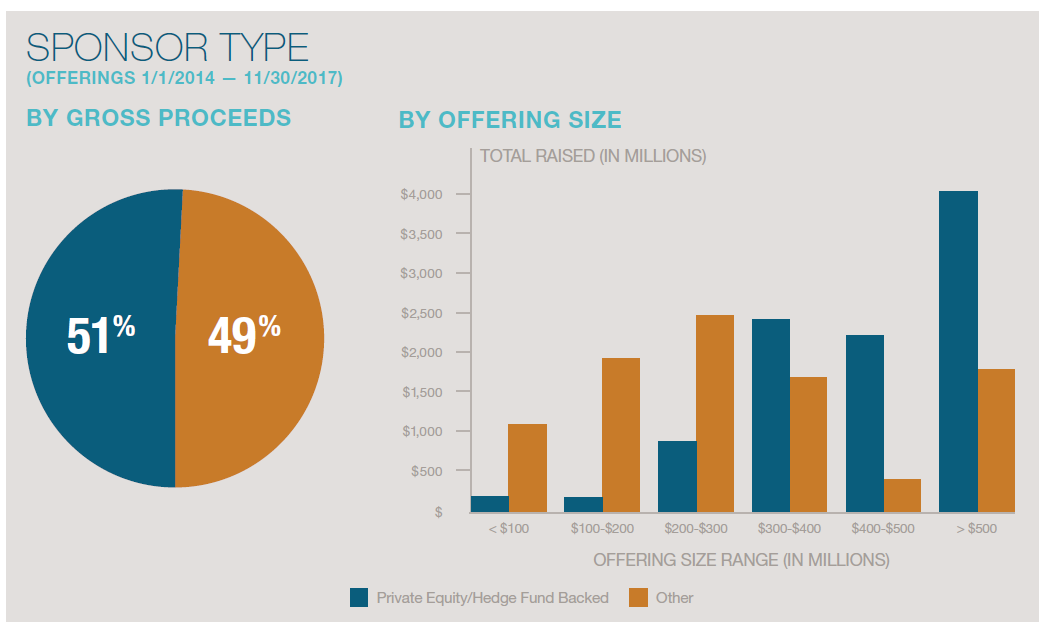In investment, the company is upgraded to a higher level: a tool to implement projects. Depending on the purpose of use, business executives around the world have created special forms of company to suit fit with differnt investment projects. Understanding these variations, entrepreneurs have plenty of space to choose their company models for different purposes.
Special Purpose Vehicle
Special Purpose Vehicle (SPV) or Special Purpose Entity (SPE) is a company created to serve a specific purpose of the parent company. SPV appeared more than three decades ago and was blamed as one of the culprits for the 2007-2008 financial crisis in the United States. Originally, by providing loans to unqualified people who in need of purchasing houses banks created subprime loans. In order to avoid taking risks when the borrower is insolvent, banks have established SPV, transferred these debts to SPV and then SPV sold these debts to investors in the form of issuing bond. The investors will receive the interest on the loan paid by the original borrowers, the bank receives a small management fee.
Over the time, the SPV model is not only encapsulated in the financial field but also widely used in different fields. For example, a foreign corporation cooperates with a Vietnamese enterprise to form a joint venture, a popular form of SPV. During operation time, this SPV will buy raw materials from foreign companies with high price or raise management costs while sell products at low prices. The joint venture, therefore, would suffer from a loss or a low profit, but SPV can transfer the actual profit to the foreign corporation. After a period when the Vietnamese partner could not stand the “heat” from frequent losses and withdrawal from the joint venture, the foreign party acquired the joint venture to become a 100% foreign invested company.
As such, SPV can serve many purposes of the parent company:
Firstly, transfer assets below the standard as mentioned.
Secondly, dispersing risks: the parent company establishs SPV for transferring risk purpose.
Thirdly, raising capital without affecting the the ownership ratio of the current investors. For instance, a company conducts a large investment project which requires capital it could not afford, hence, the parent company establishes a SPV by contributing a part of the capital, while a larger part of the capital will be called from outside investors; hence, the parent company can conduct the project through SPV without spending all the money for the project. Therefore, SPV can be used to raise capital for a large project without increasing the debt burden or diluting the ownership ratio of the SPV owning company. Fourthly, to separate bad debts from the company legally to switch to SPV and beautify the financial statements.
Fifthly, improve the liquidity for the company: When SPV sells these debts to other investors, the company will collect proceeds from sales, services, fees … and help the company become successful. up to improve his liquidity.
Sixthly, for business acquisition: With many different modes, SPV can be a tool to acquire other businesses.
However, the use of SPV also leads to legal issues. For example, complex structure – complex management and cash flow may prevent the parent company in controlling SPV. In addition, there is a risk of reputation – The reputation of the parent company may be affected if SPV is in poor performance. In the world, the laws governing this model are still quite vague, leading SPV being targeted by lawmakers in order to tighten its activities in information transparency mechanism and its role in the operations the parent company.
Variable interest entity – VIE
Under the provisions of investment laws in some countries, foreign investors are prohibited from investing in some sensitive business areas. Many foreign companies have overcome this barrier by establishing two legal entities, a foreign-based entity and a company based in the target country, China, for example. Instead, the Chinese legal entities sign contracts with the foreign legal entity, in which the foreign entity have the right to control the activities of the Chinese entity without taking ownership, in exchange, the Chinese entity can enjoy profit sharing. This structure is called Variable Interest Entity (VIE), which has been used since the 1990s to allow foreign investors to control (in a limited level) but not full ownership in companies based in China.
Going one step further, foreign company can list on foreign stock markets and investors who buy shares of foreign company will enjoy profits from Chinese company that was transferred without directly owning shares in the Chinese company. The Chinese company can raise capital without having to share ownership with foreign investors.
In Vietnam, some companies have also been applying the VIE model to international IPO plans. Thus, VIE is similar to SPV and is considered as a tool for its investors to achieve certain goals.
Model of holding company – investment company
The holdings company is the basic model of a company operating in multiple industries and these industries must be complementary each other; in which, the parent company plays the role of a major shareholder in subsidiaries but does not directly monitor the business operation of the subsidiaries. In the holding company model, the parent company and subsidiaries are clearly independent and transparent. Theoretically, if the parent company or its subsidiary is in financial difficulties, the other companies will not be affected.
In Vietnam, there is an opinion that holding company is very similar to securities investment company by the form of capital investment. In general, holding companies have many advantages such as tax benefits, human resources, opportunities to access and control equity, the merger and consolidation process is also simpler and easier to implement, but the most prominent is the autonomy in the operation and business transactions of the subsidiary company.
In fact, the holding company model is said to be quite suitable for Vietnam’s economic situation, where most of the companies are medium, small and super small size. The holding company is expected to connect small businesses to form supply chains for the national economy.
Conclusion
As mentioned above, SPV, VIE models or holding company are popular forms of company that have been widely used in the world for many years but still quite new in Vietnam. However, this does not mean that these models cannot be developed in Vietnam. Selecting a variant to suit the purpose of long-term investment business based on the compliance with the provisions of Vietnamese law, requires business managers to have an in-depth look at the characteristics of the economy in general, the target field of business investment in particular and the forms of company to choose a suitable business strategy.
- Special Forms of Company Model in Investment - 7 May, 2021
- Cryptocurrency: banned, but can it be inhibited - 17 January, 2021

